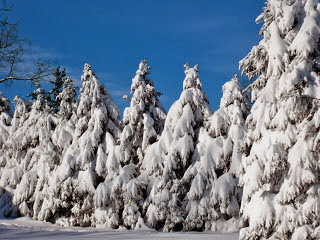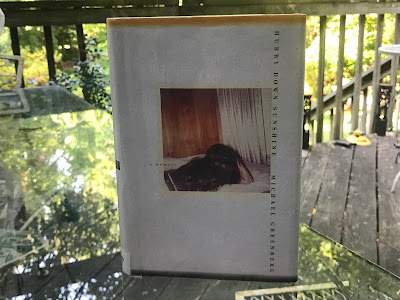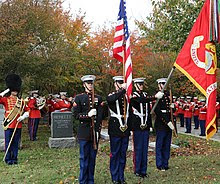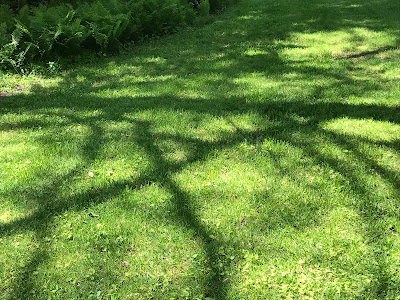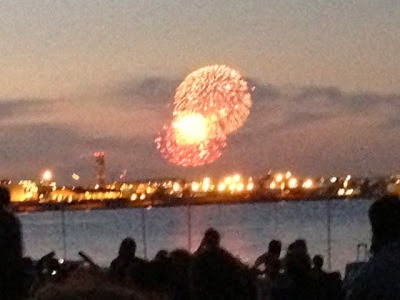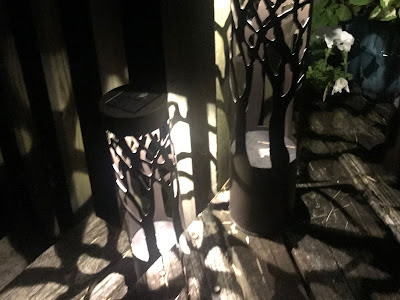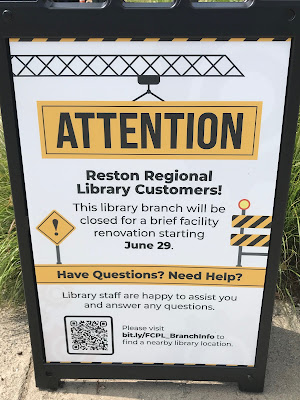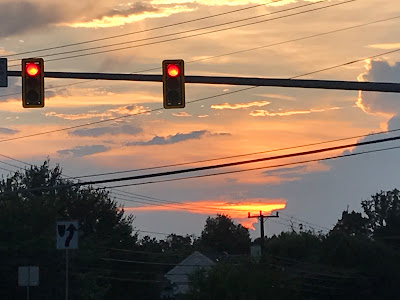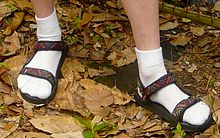Considering Categories
I’ve been taking a look at the categories in my blog, trying to whittle down a list that’s 160 strong, which is about, oh, 150 categories too many.
Doing this is an exercise not just in taxonomy but identity. That more posts are tagged “walking” than anything else is to be expected — but why so many posts tagged weather?
When I first realized this, I took myself to task: “Weather, Anne? Really? Can’t you do better than that?” But then I thought about it some more.
For a blog that’s about place, about noticing, what could be more elemental than the elements?
Whether it’s the snow that made this blog possible or the heat that’s even now telling me to finish my post and start walking immediately, before the pavement is truly sizzling, weather is not a tepid topic. It’s a living, breathing force we reckon with daily.
